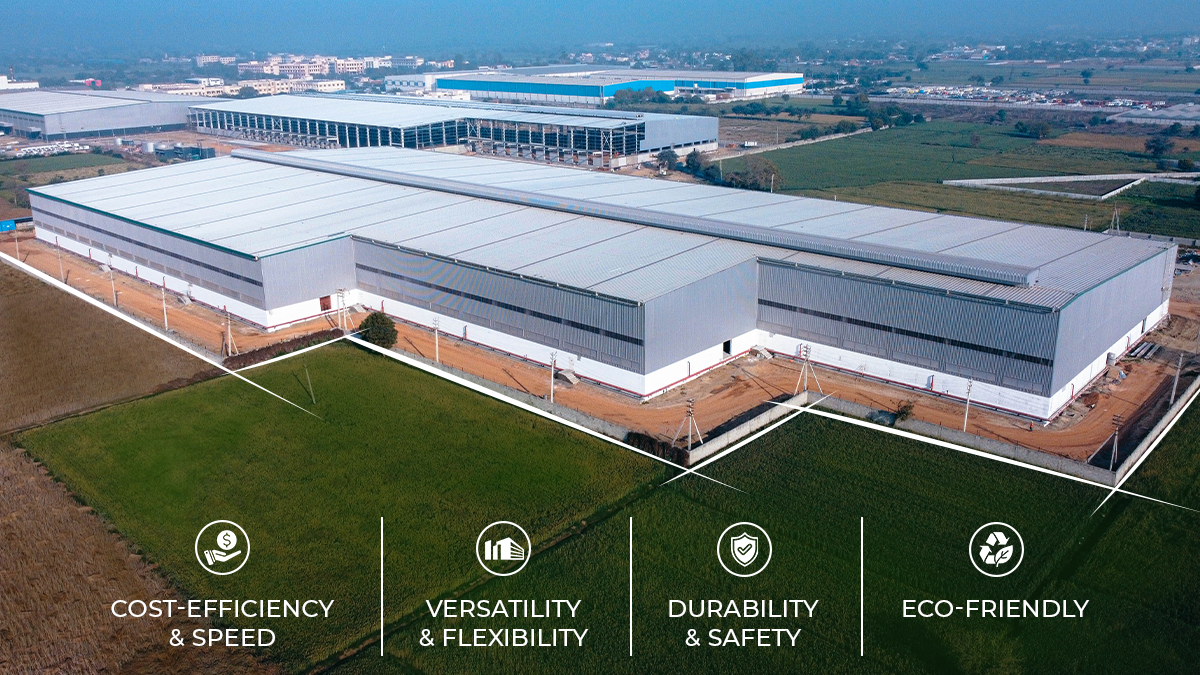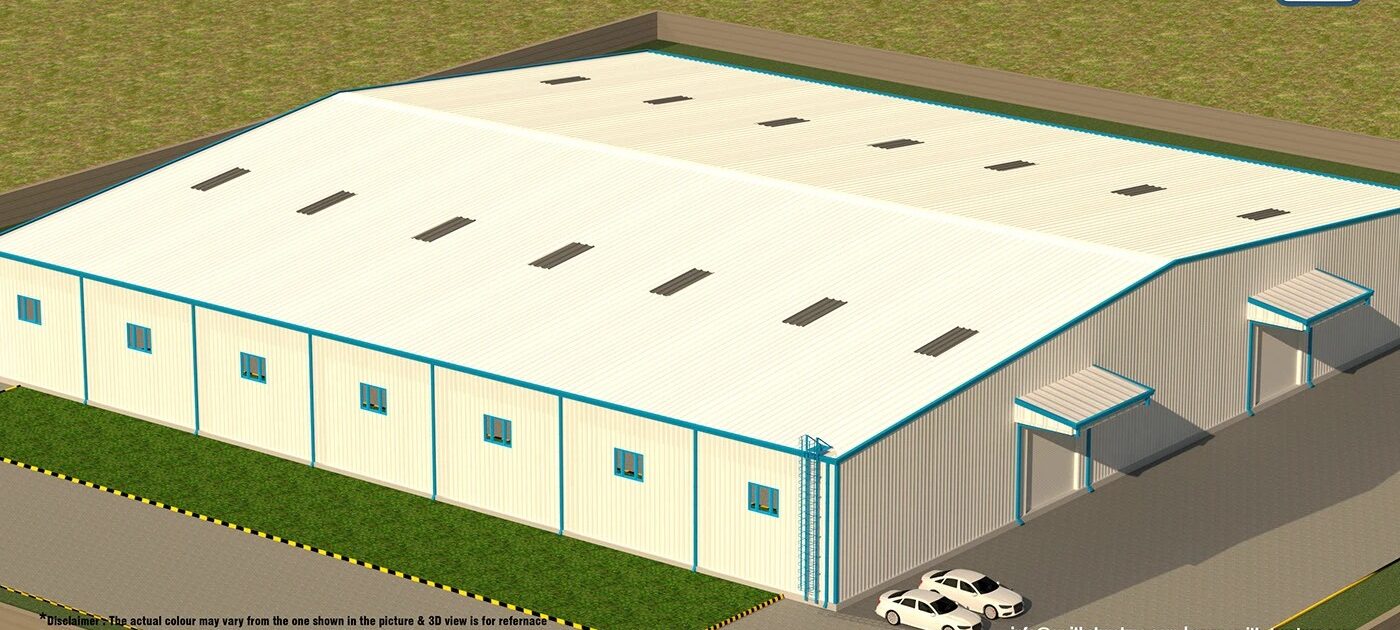
Vintage Hot Water One Pipe Heating System
Today we use a pump and a special tee in the supply/return main that diverts a certain amount of flow out of the branch. The pump is sized to overcome the resistance to flow through the now smaller main, branch lines, radiator and boiler.
Back then, since the pump hadn’t come along yet, they sized the pipe so there was virtually no resistance to gravity flow. The hot water in the boiler moved up because it was lighter than the water in the system while the cooler water fell because it was heavier. All the water moved at the same time, again, if the pipes were large enough.
Orientation Determines Flow
What I figured out was the different orientations of the branch circuit off the main determined the flow. If the branch is pointing up, the hot water naturally moves up. So that was always the tee that was closest to the boiler, while the return from the radiator would be the next downstream. In the first photo, flow is from right to left. In that photo, it looks like both tees have the branch pointed up, but the second photo shows the return tee laying on its side.
The orientation of the return tee is to the side of the pipe to discourage flow up to that branch. This side orientation of the return tee is something you normally see on the two pipe gravity flow hot water systems.
The contractor that installed this job thought, why have an expensive return line when you can have the return piping combine with the supply piping? Same amount of tees, just a lot less large pipe. It must have worked at this house since the piping hasn’t changed for over a hundred years.
One Pipe Problems
The problem I see with one pipe hot water systems, vintage or modern, is the water temperature drop in the supply/return main. Let’s say water leaves the boiler at 180°F. In a two pipe hot water system, gravity or pumped, the water temperature to each branch tee is pretty consistently the same. There isn’t enough difference to consider when selecting radiation.
However, in a one pipe system, gravity or pumped, the water temperature is not the same at each branch, because the cooler water from the radiation is mixing with the warmer water. The result is progressively cooler water to the end of the supply/return main.
If the main is long enough and with enough radiation, then the supply water temperature could drop as much as 30°F. This is okay if the guy selecting radiation knows this is happening. He can then use decreasing supply water temperatures for selecting radiation.
I want to give a shoot out to the contractor that I suspect may have installed this job. He’s a hometown guy that invented a fitting especially for gravity hot water risers, not the main. He is Oliver Schlemmer and he named it for himself, the O.S. fitting. I figure here’s a guy who was trying ways to improve the cause of one pipe gravity hot water systems, he was a plumber that installed systems in that era, and he was local.
Patrick Linhardt is a forty-one-year veteran of the wholesale side of the hydronic industry who has been designing and troubleshooting steam and hot water heating systems, pumps and controls on an almost daily basis. An educator and author, he is currently Hydronic Manager at the Corken Steel Products Co.
Post a Comment
You must be logged in to post a comment.






